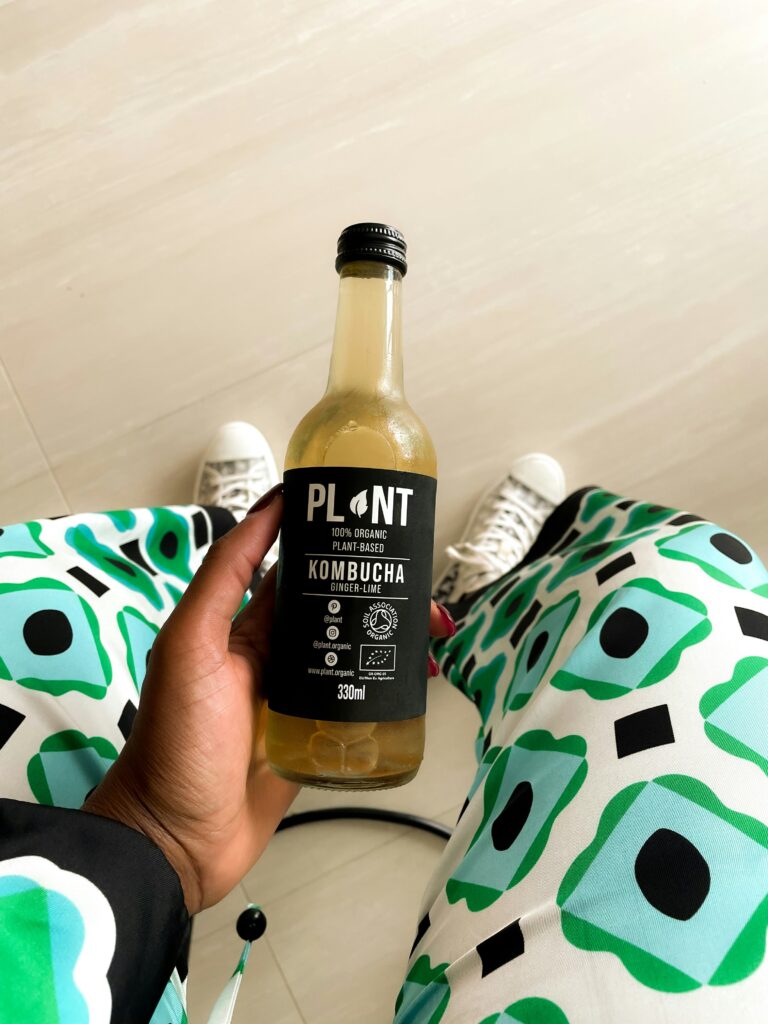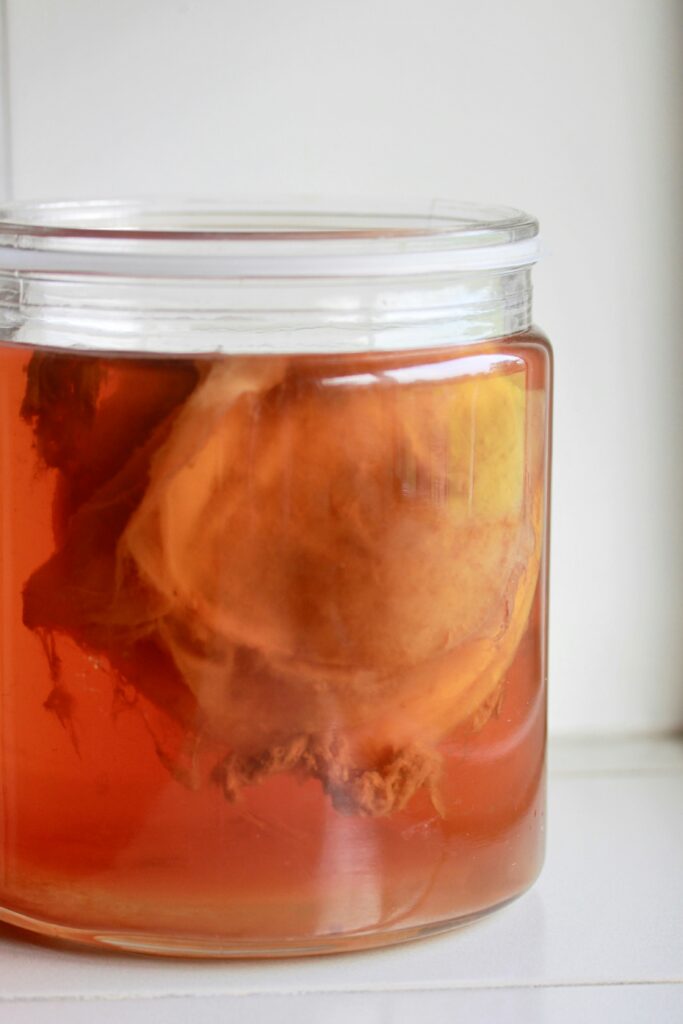
A researcher’s story: how I used Open Food Facts for my research
Presentation

Dr. Aulesa, PhD, Emeritus of Biochemistry at Valle de Hebrón Hospital, Barcelona (Spain), and author/co-author of 98 publications (ResearchGate.net).
Upon becoming emeritus, I found more time to dedicate to one of my hobbies: nutrition. I am convinced that food is the main medicine for humans.
As a biochemist, I have always been interested in the composition of foods.
However, until recently, deciphering the small labels on food products was a complicated task. With the advent of mobile apps on our phones, analyzing food has become much easier. In Spain, apps like Yuka and, internationally, Open Food Facts, along with classification systems like Nutri-Score, Nova, and Eco-Score, have made it easier to identify healthy products and exclude less beneficial ones from my diet.
Line of research
In this new phase of my professional life, my main research line has been the analysis of a controversial drink: kombucha. In the last five years, we have witnessed its rapid expansion in European markets, driven by its success in the United States and promoted and overseen by Kombucha Brewers International (KBI). Multinationals like PepsiCo, Coca-Cola, Danone, Tesco, Amazon Fresh, and Unilever produce it on an industrial level.


Kombucha is a fermented drink made from green or black tea, using a symbiotic culture of bacteria and yeast (SCOBY) for 7-10 days. Each kombucha is unique and has specific characteristics, as its composition varies depending on the bacteria and yeast involved, as well as production factors such as temperature and humidity in each region, which favor the specific growth of some of the SCOBY’s bacteria and yeasts.
In addition to industrial production, kombucha can be made artisanally (homemade), outside commercial channels. It is also possible to purchase it from small local producers, promoting buying locally and avoiding the inclusion of preservatives, sweeteners, and artificial flavorings.


My interest in studying kombucha lies in the diversity provided by its fermentation process with the SCOBY. I have applied statistical analyses to the composition of different brands globally, using tools like Open Food Facts.

https://world.openfoodfacts.org/category/kombuchas
From my studies, I concluded that kombucha is a beverage rich in antioxidants, anti-inflammatories, vitamins, essential amino acids, and minerals. However, its consumption should be moderate (<340g/day) and preferably artisanal or local, to support the circular economy, packaging recycling, and to avoid food additives.
Current line of research
I am currently conducting a literature review with a meta-analysis on a controversial food product. The aim is to analyse the available clinical evidence to assess its efficacy and safety for human health.
Experience with Open Food Facts
Thanks to the availability of global product databases, I have been able to perform comparative statistical analyses on the composition of various varieties of kombucha, identifying specific additives in each country.
I encourage the use of Open Food Facts in research, as it is a reliable tool for analysing food markets.
– Carlos Aulesa
My goal is to delve deeper into the interpretation of data, supporting research that enhances the understanding of food products and their impact on human health. I am convinced that, with a rigorous scientific approach, we can make significant progress in this field, benefiting both the scientific community and consumers. Collaborative platforms like Open Food Facts make this task easier.
| Bibliography – Aulesa C., Gongora C. Kombucha: Probiotic beverage or Ultra-Processed Food? A Global Review Using Nutritional Classification. Functional Foods in Health and Disease 2023; 13(12):690-701. doi: https://www.doi.org/10.31989/ffhd.v13i12.1236 – Aulesa C., Gongora C. Classification of Kombucha Using Nutri-Score and Nova Nutrition Rating Scales. International Journal of Probiotics and Prebiotics, vol. 19, 1-6, 2024. https://doi.org/10.37290/ijpp2641-7197.19:19-24 |
